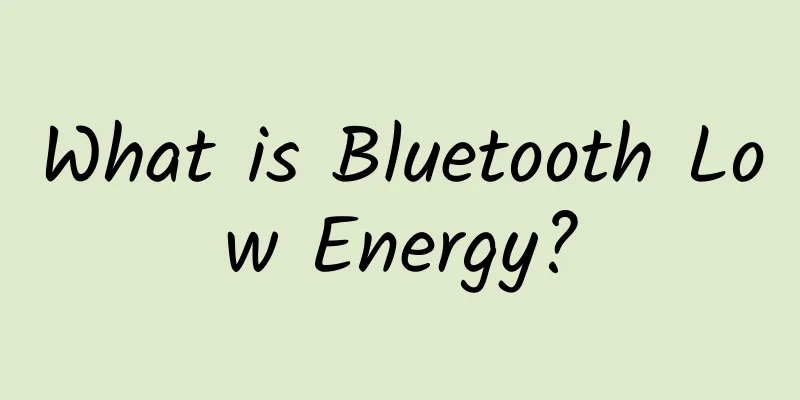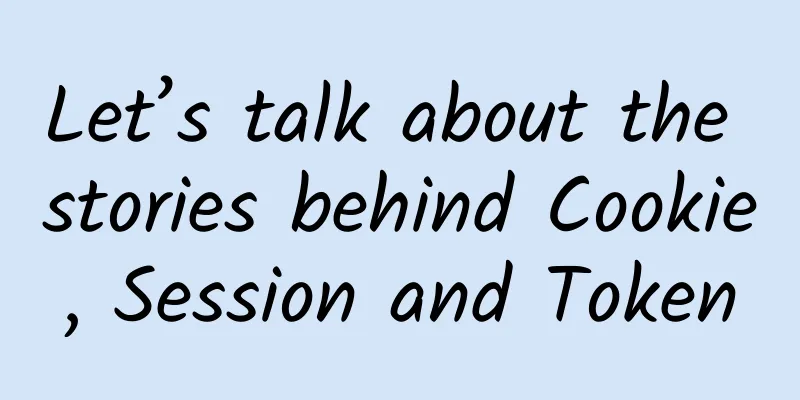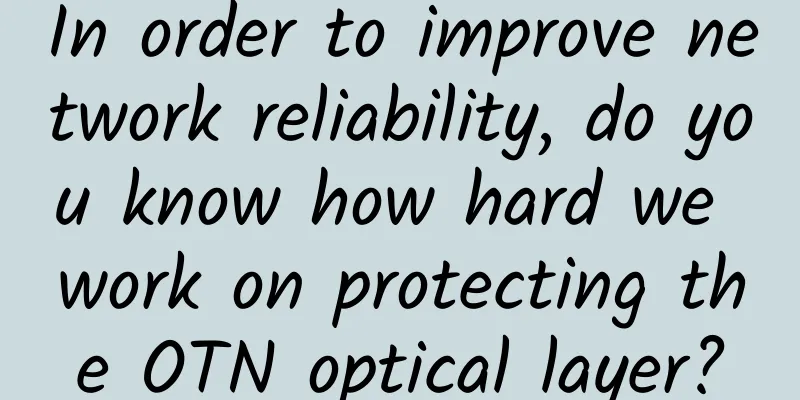What is Bluetooth Low Energy?

|
Bluetooth Low Energy is a new Bluetooth wireless standard that upgrades the way we listen to music and brings a host of new audio features to a range of devices. The Bluetooth Special Interest Group (SIG) is the industry group that develops Bluetooth wireless standards. It first released Bluetooth LE Audio at CES 2022 and announced in 2022 that the latest specification has been completed and can be launched on applications and devices. What is Bluetooth Low Energy?Most of us know Bluetooth as a wireless standard that allows data to be exchanged between phones and headphones. And Bluetooth has a standard version, such as Bluetooth 5.0, which is sometimes called Bluetooth Classic and is used in most devices. Then there is Bluetooth Low Energy, which is more focused on low power consumption and running smaller devices, such as true wireless headphones or smart home devices. Both can coexist in devices, so it's not necessarily a case of choosing one over the other. To understand the benefits of Bluetooth Low Energy, we need to talk about codecs. An audio codec encodes audio data at its source so it can be transmitted to a device, where it is decoded for playback. Bluetooth Low Energy uses a new codec called the Low Complexity Communication Codec (LC3) that changes the way audio is transmitted over Bluetooth and replaces the Bluetooth Classic codec called the Sub-Band Codec. The LC3 codec was designed to be a more efficient codec for transmitting audio. The result is improved efficiency in the Bluetooth standard, which means less battery power is required to use it, as well as improved audio quality because it is a more modern codec. According to the Bluetooth SIG, it provides higher quality at the same data rate as SBC. If you head over to the Bluetooth SIG's audio codec presentation, you can actually listen to a comparison between the two codecs for yourself to see the difference. What are the benefits of Bluetooth Low Energy?All of this news is exciting for those who build tech products, but how will we benefit from it? According to the Bluetooth SIG, the main benefits are improved audio quality, reduced power consumption, and increased interoperability. It's worth mentioning that at this point, it's still early days and we don't know yet whether these claims will pan out in the real world. That said, we can expect to experience higher bit rates, better battery life, and lower latency, which is a good thing for gamers when every second of audio delay matters. Some predict that these improvements may also lead to cheaper products. In the past, companies had to pay licensing fees to make improvements to Bluetooth, such as if they wanted to use aptX for Hi-ResAudio, while low-energy Bluetooth can natively support the high bit rates required for such sound quality. However, one of the most interesting new features of Bluetooth Low Energy is something the Bluetooth SIG is calling Auracast. The company says this will allow a single source device to broadcast multiple audio streams to multiple devices at the same time. Not only will this allow us to share music with friends while we listen to it, but the Bluetooth SIG also offers several other use cases for how useful this technology could be. For example, everyone at the gym could connect their wireless headphones to a communal TV. Another benefit that could have a big impact in the future is that Bluetooth LE Audio brings support for hearing aids and hearing implants. This means that people who use these hearing devices may soon be able to get audio from TVs and smartphones that carry the new standard. This is important because a lot of audio sources have traditionally been inaccessible. How to use Bluetooth Low Energy?Technically, Bluetooth Low Energy is available now. Multiple headphones have already indicated support for it, and more are expected to do so after software updates. But the Bluetooth SIG needs consumer electronics companies to adopt the new standard in both devices that send audio and devices that receive audio. That means no official date is available. But it's up to technology manufacturers to incorporate the new standard into their devices. The real problem now is the phone. Android 13 seems to have theoretical support, but it is not active on the device. Maybe many phones will be able to activate it in the future, but there is no official news yet, and different phone manufacturers may take different approaches. It's unclear whether Apple is interested in the technology. According to 9to5Mac, low-energy Bluetooth was tested on Apple AirPods Max as early as mid-2022, but it was not supported in iOS 16 or AirPods Pro 2 released thereafter. Perhaps Apple will consider it in iOS 17, but that's still a long way off. We expect businesses to start adopting the latest version of Bluetooth, but will likely focus on improving features, such as a 50% increase in battery life in future products, without mentioning that this is only possible because of LC3 and Bluetooth Low Energy. Do you really need Bluetooth Low Energy?Bluetooth Low Energy sounds innovative, but do we really need it? Some industry commentators have expressed their concerns about Bluetooth Low Energy, arguing that it focuses too much on efficiency and not enough on audio quality. We'll find out over the next few years as devices and headphones start to roll out Bluetooth LE Audio. However, if Bluetooth Low Energy lives up to some of its biggest promises, we could all have better-performing, and possibly even cheaper, wireless devices in the coming years that still play great-sounding audio. |
<<: Potential application scenarios of 6G in the future
>>: Industry recognized H3C won eight network awards
Recommend
Wi-Fi 6 Development Status and Future Application Trends
Connections are given more profound value in the ...
Analysis of domestic 5G development in 2021
The development of 5G has now become another hot ...
Global 5G commercial networks have reached 169 continents and are now covered
[[407907]] According to the latest report from GS...
Why is Web 3.0 important? What are the basics you need to know?
Editor's Note: What is Web 3.0? How does it d...
What happens when you enter a URL in your browser (Part 4): Network packets are transmitted in a LAN - how routers and switches forward packets
In the previous section, we introduced how networ...
DogYun Fantasy Beast Palu server pre-sale 400 yuan/month-2*E5-2680v4/128G memory/1TB SSD/50M input 40M output
DogYun (狗云) has launched a pre-sale activity for ...
Bluetooth: "You have joined the group chat"
Have you ever wondered how mobile phones, headpho...
Opportunities and strategic choices for operators in the cloud-based world
[[257522]] 1. With the support of policies, the c...
Let's talk about WiFi6 security technology
1. WiFi6 Overview In 2018, in order to better bui...
What technical support is needed to build a fixed network architecture based on SDN/NFV?
As of the end of October 2016, the number of Chin...
Digital-vm New Year 50% off, KVM VPS monthly payment starts from 2 US dollars, 8 computer rooms in the United States/Japan/Singapore
I haven't shared information about Digital-vm...
After 4 years, 5G has blossomed
In June 2019, my country officially issued 5G com...
5G and IoT set off a revolutionary wave and provide new value
[[284710]] [51CTO.com Quick Translation] In today...
What changes does MPLS need to make to build networks for 5G?
5G has unique challenges in not only enabling ser...
South Korea passes budget to encourage virtual operators to participate in 5G competition
South Korea's Ministry of ICT recently said t...









